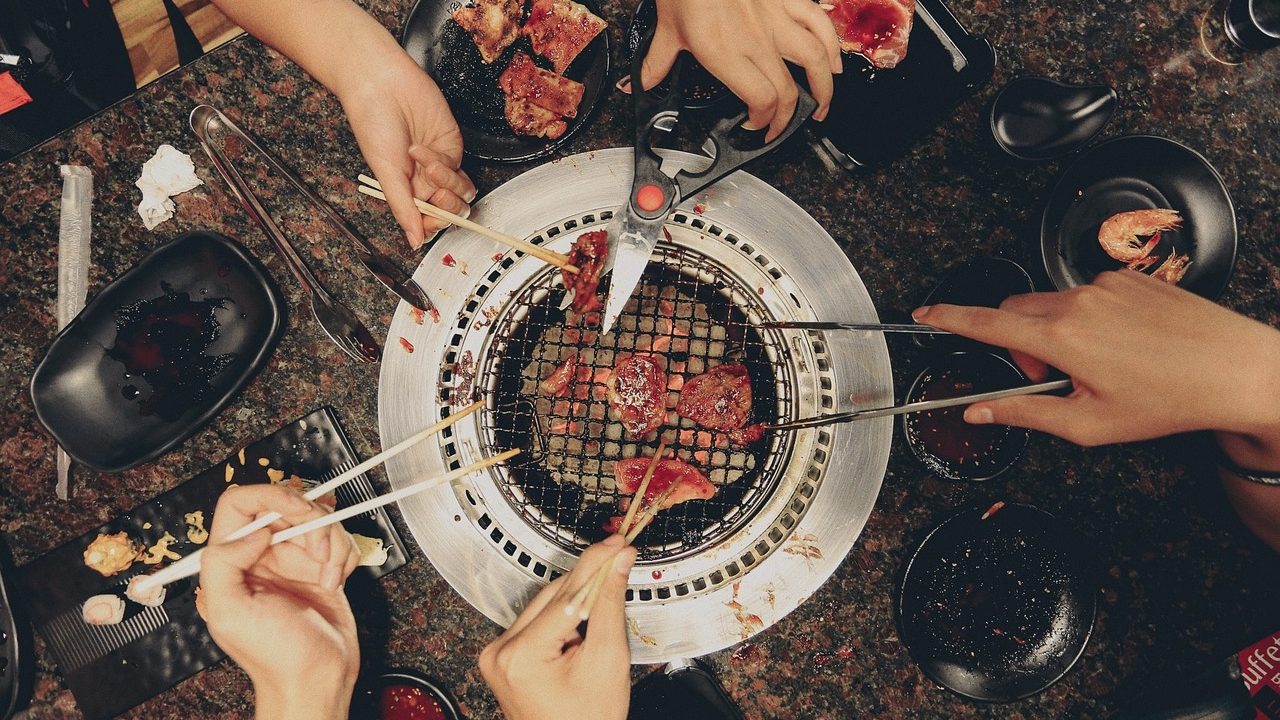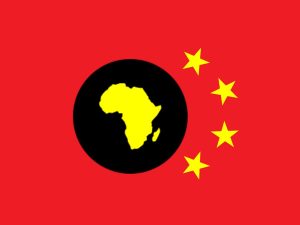Culinary diplomacy, or gastrodiplomacy, is more than just sharing recipes—it’s about using food to bridge cultural gaps and connect nations. This practice dates back to ancient China and Persia, where feasts symbolized friendship. Even during the Cold War, food helped thaw relations between the US and the Soviet Union. Today, countries like Thailand, South Korea, and Peru use culinary diplomacy to showcase their cultures and foster understanding. Sharing meals can break down barriers, promote national identity, and boost economies through tourism and exports. Despite challenges, culinary diplomacy remains a powerful tool for global peace and cooperation.

Culinary diplomacy, or as some call it, gastrodiplomacy, isn’t just about sharing recipes—it’s about using food to bridge cultural gaps and foster connections between nations. This practice has deep historical roots, stretching back to ancient China and Persia, where lavish feasts served as symbols of friendship. Even during the tensest moments of the Cold War, food played a surprising role in thawing relations between the US and the Soviet Union. American food exhibitions in Moscow showcased the power of food to unite people despite political differences.
In the modern world, countries are still harnessing the power of food to showcase their cultures and build bridges. Thailand’s Global Thai Program, for instance, has been spreading Thai cuisine worldwide since 2002, boosting the country’s cultural influence. South Korea’s Kimchi Diplomacy promotes its iconic dish through workshops and festivals abroad, fostering mutual understanding. And chefs like Gastón Acurio have put Peruvian cuisine on the map, leading to a gastronomic boom that boosts tourism and showcases Peru’s cultural diversity.
Culinary diplomacy isn’t just about good eats—it offers tangible benefits for international relations. Sharing meals can break down cultural barriers, promote national identity, and even facilitate dialogue between nations. And let’s not forget about the economic boost—successful culinary diplomacy can attract tourists and drive economic growth through increased exports.
But it’s not all smooth sailing. There are challenges to overcome, like ensuring authenticity and cultural sensitivity. Representing a country’s cuisine accurately and respectfully is crucial to avoid misappropriation or distortion. And let’s face it, effective culinary diplomacy takes resources—money, time, and coordination among governments, chefs, and cultural institutions.
By acknowledging and addressing these challenges, nations can fully leverage the power of culinary diplomacy to promote global peace, cooperation, and cultural exchange. After all, food isn’t just nourishment—it’s a universal language that speaks to our shared humanity.
Written By: Jamini Shah | Edited By: Heta Dave



